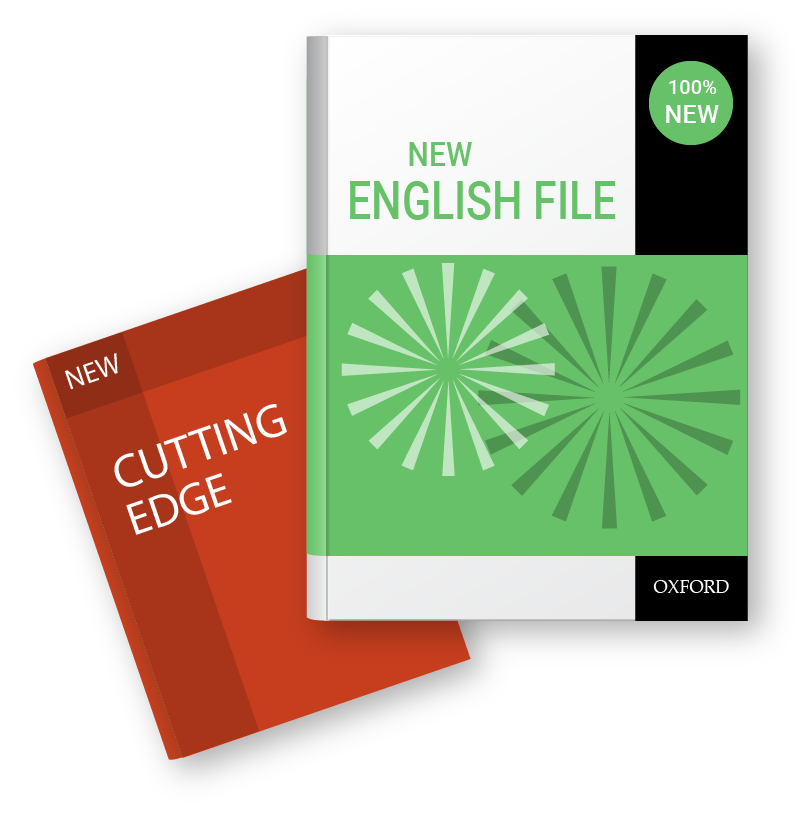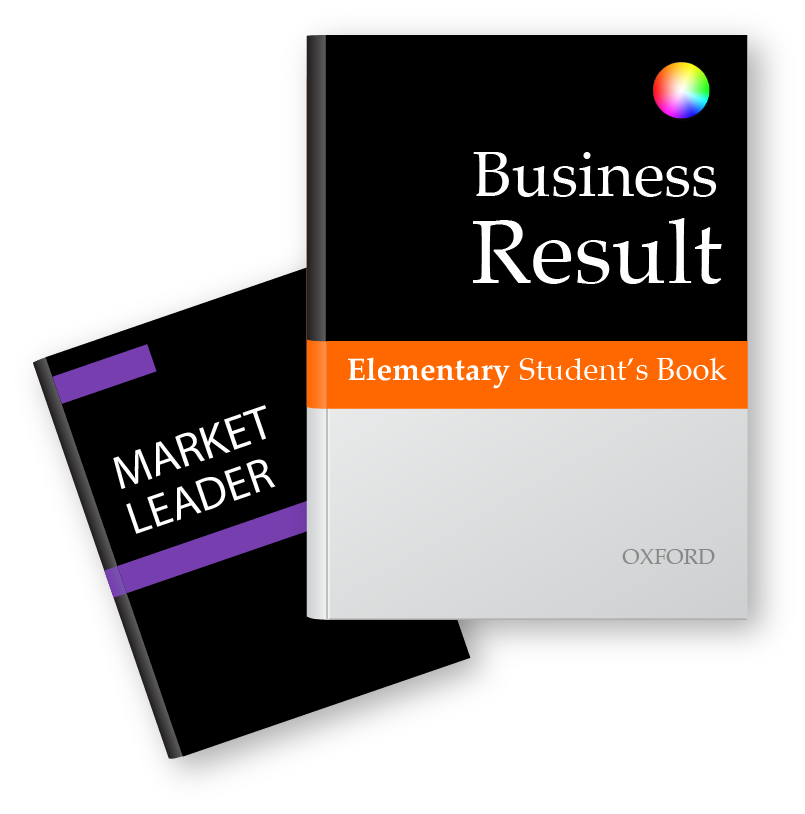These days, English as a foreign language (EFL) teachers have a variety of resources and teaching materials at their disposal. However, making the right decision, in terms of choosing the books, course directions, learning goals and outcomes for specific courses, is perceived to be the first and most important step for the teacher and school. Sometimes, schools choose the books for the teachers, in order to simplify the process and allow teachers to concentrate on teaching alone.
There are courses that already have a designated flow and choice of teaching materials. For these, the teachers set necessary requirements that the potential learners need to meet, before they join the course.
These are the two models of course development. In this particular article, the exploration of the course books will revolve around both of the latter mentioned practices.
While deciding which course book to use, there are many variables teachers need to consider, for example:
- The goals and outcomes of the books – what is the book designed to do? does the book provide necessary materials for you to reach the desired results?
- The coverage that the books provide – in terms of Common European Framework of Reference (CEFR), does the book include materials designated for the estimated/tested proficiency of your learners? Are there opportunities for academic growth?
- The methodology – while many books don’t have any requirements when it comes to the methodology that the teachers use, some design the materials to work better with certain approaches.
- The content quality – does the book provide up-to-date content that is relevant for the learners? is the content relevant for the context/location in which you plan to teach in? While the publishers aim to curate content that can be generally applied to any context, some of it may cause quite a bit of drama in the classroom.
- The additional resources – does it have audio/video content to go along with the textbook? is it designed to be used with apps and add-ons?
- The price of the book – can the school/learners afford it? are there any available alternatives for the same price? are the additional resources purchased separately?
The popular EFL textbooks usually match all of these criteria to a certain degree. Thus making recommendations from others in the field extremely valuable. Our team picked up some of the local bestsellers and our personal favorites to compile a list of the best English language teaching (ELT) textbooks.
General English

Our choice – New English File
The third edition of this book series seems to be the most popular EFL textbook around and there are multiple reasons to why that is so. First, New English File has clear goals and outcomes. This is most visible when looking at the contents of the books. The books are designed to accommodate English learners of a variety of proficiencies, namely, from A1 to C1+ (according to CEFR). Each book has around 10 to 12 units, each divided into two to three subunits. Each subunit semi-implicitly introduces new form and structure, vocabulary, techniques of pronunciation and additional resources. All of the latter mentioned revolve around a single topic, creating a unique structure of content and language combination. While sometimes sections of form are designed in a way that makes them explicit, the book does allow an opportunity for the teacher to use approaches that are implicit instead. The structure of the book works well with communicative language teaching (CLT) and task-based instruction (TBI), although some of the methods can be applied here too. The layout is simple and comprehensive. The pattern of exercise placement remains the same throughout the book series, while the content and language evolve. While the exercises are interrelated and connected topic-wise, they’re still skippable. The textbook also provides audio and video materials to go along with the course, creating more motivation and interest for both the learners and the teachers. The list of resources also includes a workbook and a teacher’s book. The former providing exercises for learners, arranged in neatly into the same units and subunits as the main student’s book, while the latter is full of lesson plans and activity ideas for teachers.
Honorable mentions for the General English category:
Cutting Edge
Cutting Edge is a good alternative to New English File. According to Pearson, the structure and navigation of this series that been improved with the newest edition, also the task-based language instruction (TBLT) is now more pronounced. This means that the instructions in the books are designed to accommodate the emergent approach in ELT. The goals and outcomes, along with the scope and sequence of the content remain relatively similar to the other textbooks in the field. In terms of additional resources, Pearson provides plenty of media for the various sections of the books.
English in Mind
Designed for a younger audience in mind, the series provides an interesting variety of topics and themes throughout the levels. The audio and video materials provided with the books do a great job at increasing motivation and engagement with younger learners. Some EFL teachers are not too happy about the grammatical resources of the books. They claim that the audience this book was curated to does not require that much detail when it comes to grammar. However, the topics are carefully matched with the rest of the content in the book and work perfectly with the four skills.
Business English

Our choice – Business Result
Being published by Oxford University Press, the full course – Business Result provides excellent content and language material for a variety of levels. This book series is popular around the globe for the up-to-date content of the main teaching books and additional resources as an added bonus. The course has communication at its core which works perfectly with CLT. However, there might be some compatibility issues with other approaches. Another issue can the choice of specific vocabulary per each lesson. For example, in the advanced proficiency levels, some vocabulary could be viewed as “too easy” for some Business English (BE) learner. While many of the alternatives in the market are usually used after a general English course, Business Result is considered to be sophisticated enough to be integrated into the classroom as a standalone product. This is partly due to the fact that this is an English for specific purposes (ESP) course. These usually deal with the issue of developing books to match both the language need and content direction when it comes to goals and outcomes. The layout is arranged according to a pattern that is constant throughout the series making it easy to navigate both for learners and teachers. Just like our favorite for the general English category, this textbook also supports online resources that are, in a way, underdeveloped. These online resources are usually small, static exercise web pages that are often times ignored. Another reason being the usage of Flash plugin in the online resources. This plugin is not compatible with the common smartphones and can be rather slow and heavy on the processor at times, hence the unpopularity of the online resources among BE learners.
Honorable mentions for the Business English category:
Market Leader
Market Leader is a good alternative that intertwines both language and content. The units and the topic choices are compatible with most BE courses. The publisher clearly aimed stress the situation-based nature of the instruction and content. The units end with small sections named “case studies”. These provide an opportunity for the learner to practice the newly learnt material while also using the specific language taught. The textbook does a great job at teaching business-specific writing as well.
Intelligent Business
More focused on the content rather than the language, Intelligent Business offers another perspective of teaching and learning BE. The course is designed in accordance with the proficiency tests in the field, such as Cambridge BEC. The content is also connected to The Economist, which makes it even more relevant to the BE learner. While the arrangement of content, instructions and tasks per unit are easy to navigate around, some note that the series lacks visual content, making it rather boring.
While the publishers of these coursebooks do their best to match the needs and criteria the educators around the world stress about, they remain somewhat unsatisfactory, when it comes to using new technology in modern classrooms, be it general, academic or business purposes. This gap being the sole reason we developed Tutor Bot, that’s designed to accommodate the need of additional resources. Tutor Bot is an app for iOS and Android, that handles the vocabulary training, while going along with the coursebook of your choice. The app also tests the learners to determine proficiency and offers additional resources as remedy of the gaps in the learners’ knowledge.
Leave a Comment